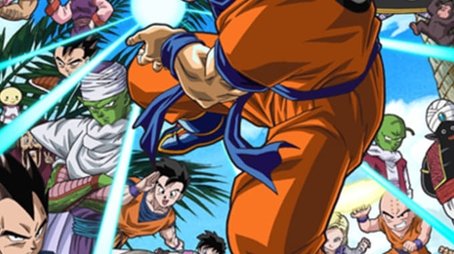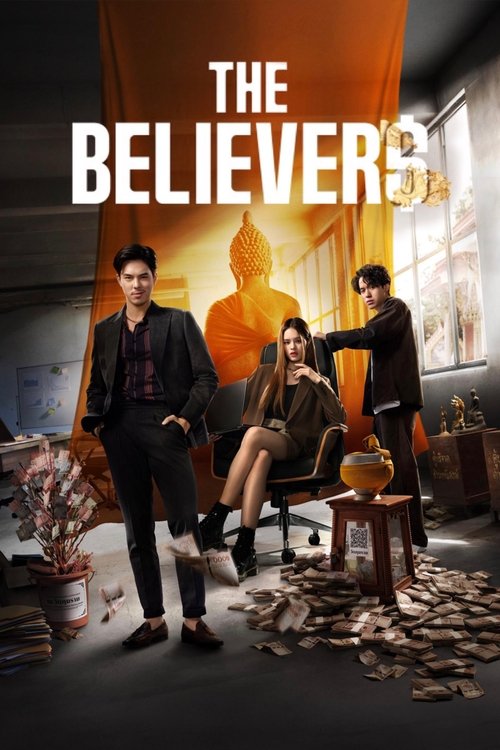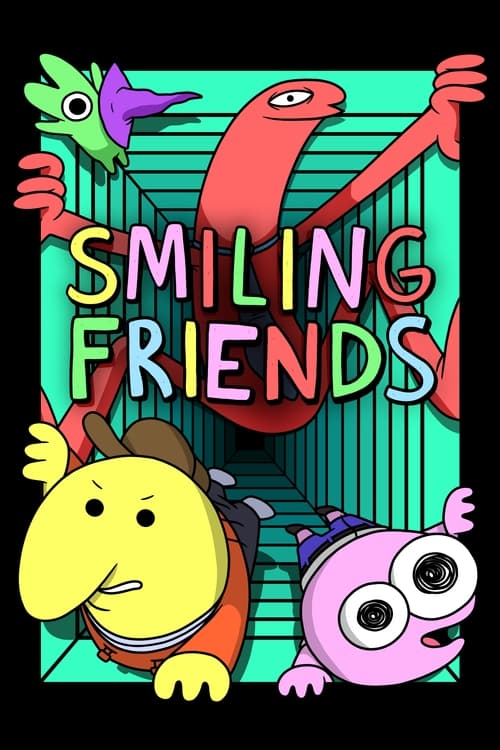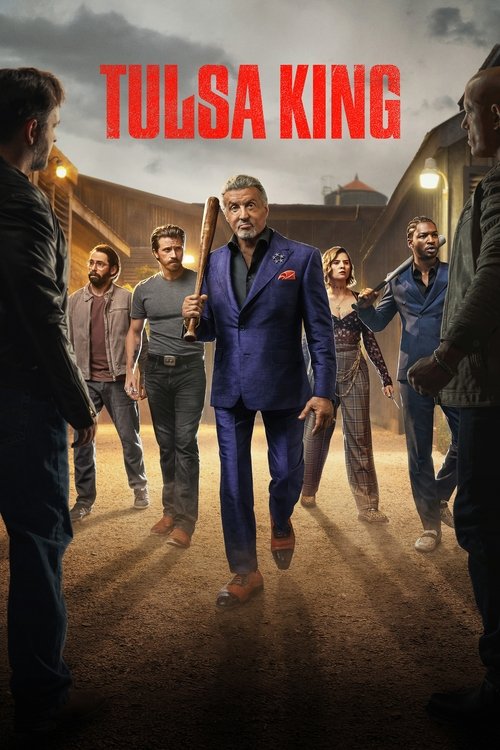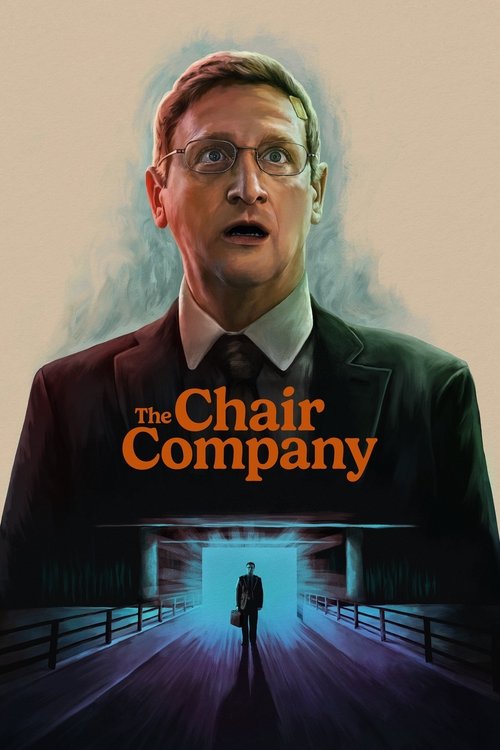
Ask Your Own Question
What is the plot?
The story begins with the arrival of Raditz, Goku's older brother, who comes to Earth to recruit Goku for the Saiyan race. Raditz reveals that Goku is actually a Saiyan named Kakarot, sent to conquer Earth. He explains that Goku's mission was to eliminate all life on the planet, but he suffered a head injury as a child, which caused him to forget his purpose. Raditz is frustrated that Goku has not fulfilled his destiny and threatens to destroy Earth if Goku does not join him. Goku, shocked by this revelation, refuses to comply.
Raditz captures Goku's son, Goten, to force Goku's hand. In a desperate attempt to save his son, Goku teams up with Piccolo, who has been his enemy in the past. They engage Raditz in battle. The fight is intense, showcasing Raditz's superior strength and speed. Goku struggles against Raditz, who easily overpowers him. Piccolo, realizing they need to work together, uses a special technique called the Special Beam Cannon, but it requires Goku to hold Raditz in place. Goku manages to grab Raditz from behind, allowing Piccolo to charge his attack. The beam pierces through Raditz, killing him but also mortally wounding Goku in the process.
After Raditz's death, he warns that two more powerful Saiyans, Nappa and Vegeta, will arrive on Earth in one year. Goku, despite his injuries, is determined to train and become stronger to protect his friends and family. Meanwhile, Piccolo takes Goten to train him in the hopes of preparing him for the upcoming threat. Goku's friends, including Krillin and Yamcha, begin their training as well, each pushing their limits to prepare for the Saiyan invasion.
One year later, the day of the Saiyan's arrival arrives. Goku, having trained hard in the afterlife with King Kai, learns the Kaio-ken technique and the Spirit Bomb. Meanwhile, Nappa and Vegeta land on Earth, causing destruction and chaos. They quickly demonstrate their overwhelming power by defeating several Z Fighters, including Yamcha, who is killed by a Saibaman, a creature Nappa summons. The remaining fighters, including Tien and Chiaotzu, attempt to fight back but are no match for Nappa's strength.
Goku finally arrives on the battlefield after using instant transmission. He quickly engages Nappa in battle, showcasing his newfound strength. Goku uses the Kaio-ken technique to gain an advantage, but Nappa proves to be a formidable opponent. The fight escalates, and Goku eventually defeats Nappa, but not before he severely injures Tien and Krillin. Vegeta, furious at Nappa's defeat, decides to take matters into his own hands.
Vegeta transforms into a Great Ape after looking at the full moon, increasing his power significantly. Goku, realizing the danger, tries to find a way to stop him. However, Goku's friends, including Piccolo, join forces to combat the Great Ape Vegeta. They devise a plan to cut off his tail, which is the source of his transformation. Goku and his allies manage to execute the plan, and with a combined effort, they successfully cut off Vegeta's tail, reverting him back to his normal form.
Vegeta, now back to his original state, is enraged and fights back fiercely. Goku, still holding back, tries to reason with him, but Vegeta is consumed by his pride and desire for revenge. The battle continues, and Goku uses the Spirit Bomb, gathering energy from the Earth and its inhabitants. He launches the Spirit Bomb at Vegeta, but Vegeta manages to deflect it. However, Goku's friends, including Krillin and Gohan, lend their energy to Goku, allowing him to create a more powerful Spirit Bomb.
In a climactic moment, Goku finally launches the Spirit Bomb at Vegeta, who is unable to withstand its power. The attack overwhelms him, and he is defeated. However, instead of killing Vegeta, Goku shows mercy, allowing him to escape. Vegeta, humiliated but alive, vows to return stronger. The Z Fighters are left to recover from the battle, mourning their losses but also feeling a sense of accomplishment for having defended Earth.
In the aftermath, Goku and his friends begin to train again, knowing that new threats will arise. They reflect on their experiences and the bonds they have formed through their struggles. The story sets the stage for future battles and the ongoing journey of the Z Fighters as they continue to protect Earth from powerful foes.
What is the ending?
In the ending of Dragon Ball Z, Goku sacrifices himself to defeat Kid Buu, the final and most dangerous form of Majin Buu. After a fierce battle, Goku uses the Spirit Bomb, a powerful attack fueled by the energy of living beings, to finally destroy Kid Buu. With the help of his friends and the Dragon Balls, Goku is later revived, and peace is restored to Earth. The series concludes with a time skip, showing Goku training Uub, a young Earthling who is the reincarnation of Kid Buu, hinting at a new beginning.
As the climactic battle against Kid Buu unfolds, the atmosphere is thick with tension. The scene opens on the desolate landscape of the Earth, ravaged by the relentless destruction caused by Kid Buu. Goku, now in his Super Saiyan form, stands resolute, his expression a mix of determination and desperation. He knows that this battle is not just for his life but for the survival of the entire planet.
The camera pans to Vegeta, who, despite his pride, is visibly exhausted and battered from the fight. His internal struggle is palpable; he has always sought to surpass Goku, yet here he is, fighting alongside him against a foe that seems insurmountable. The two warriors exchange a brief glance, a silent acknowledgment of their shared goal and the bond forged through countless battles.
As the fight intensifies, Goku realizes that brute strength alone will not be enough to defeat Kid Buu. He recalls the Spirit Bomb, a technique that requires energy from all living beings. With a heavy heart, he asks his friends for help. The scene shifts to the Z Fighters, who are scattered across the Earth, gathering energy. Each character, from Piccolo to Gohan, channels their strength into Goku, showcasing their unwavering support and camaraderie.
In a moment of vulnerability, Goku expresses his gratitude to his friends, his voice tinged with emotion. He knows that this may be his final stand. The camera captures the determination in his eyes as he prepares to unleash the Spirit Bomb. The energy coalesces above him, a massive sphere of light that glows with the hopes and dreams of everyone on Earth.
As Kid Buu charges at Goku, the tension reaches its peak. Goku, with the Spirit Bomb in hand, musters all his strength and throws it at Kid Buu. The scene is visually stunning, with the Spirit Bomb illuminating the dark sky. For a moment, time seems to stand still as the two forces collide. The explosion is cataclysmic, sending shockwaves across the planet. Goku's sacrifice is evident; he uses the last of his energy to ensure the Spirit Bomb's success, knowing he may not survive the blast.
In the aftermath, the dust settles, and Kid Buu is finally defeated, disintegrating into nothingness. The Z Fighters, though battered and weary, share a moment of relief and triumph. However, the victory is bittersweet as they mourn the loss of Goku, who has sacrificed himself for the greater good.
The scene transitions to the Dragon Balls, which are summoned by Dende, the Namekian Guardian. With a flicker of hope, they wish for Goku to return to life. The camera captures the moment of his resurrection, a bright light enveloping him as he reappears on Earth, much to the joy of his friends. Goku's return is met with cheers and tears, a testament to the bonds of friendship that have been forged through adversity.
As the series draws to a close, a time skip reveals a peaceful Earth. Goku is seen training Uub, a young boy who is the reincarnation of Kid Buu. This final scene encapsulates the cycle of life and the potential for redemption. Goku's smile radiates warmth and hope, suggesting that even in the face of darkness, there is always a chance for new beginnings.
In summary, the fates of the main characters are as follows: Goku sacrifices himself but is later revived, Vegeta continues to grow stronger, Gohan and the others find peace, and Uub represents the future, embodying the lessons learned from the past. The series concludes on a note of hope, emphasizing the enduring spirit of friendship and the possibility of redemption.
Is there a post-credit scene?
In the original 1989 series of Dragon Ball Z, there are no post-credit scenes as commonly seen in modern television and film. The episodes typically conclude with a brief recap or a preview of the next episode, but they do not feature additional scenes after the credits. The focus remains on the main storyline and character developments throughout the episodes, with the narrative continuing seamlessly into the next installment.
If you have any specific episodes or arcs in mind, I can provide detailed summaries or character analyses from those segments!
What are the circumstances surrounding Goku's transformation into a Super Saiyan for the first time?
Goku's first transformation into a Super Saiyan occurs during the intense battle against Frieza on Planet Namek. As Frieza kills Goku's close friend Krillin in a fit of rage, Goku is overwhelmed by grief and fury. The emotional turmoil triggers a surge of power within him, leading to his transformation. His hair turns golden, and his eyes become teal, signifying the immense power he has unlocked. This moment is pivotal, showcasing Goku's deep connections to his friends and the lengths he will go to protect them.
How does Vegeta's character evolve throughout the Frieza Saga?
Vegeta's character undergoes significant evolution during the Frieza Saga. Initially, he is portrayed as a ruthless and prideful Saiyan warrior, obsessed with surpassing Goku and reclaiming his status as the strongest. However, as he witnesses Goku's transformation into a Super Saiyan and the subsequent defeat of Frieza, Vegeta's pride is challenged. He grapples with feelings of inadequacy and jealousy, which ultimately lead him to reluctantly ally with Goku and the others against Frieza. This internal conflict sets the stage for his gradual redemption arc, where he begins to value camaraderie over sheer power.
What is the significance of Gohan's role during the Cell Games?
During the Cell Games, Gohan's role is crucial as he embodies the potential of the next generation of fighters. Initially, he is portrayed as timid and reluctant to fight, overshadowed by his father Goku's legacy. However, as the tournament progresses and Cell threatens the Earth, Gohan's latent power begins to surface. The emotional turning point comes when he witnesses the death of his mentor, Android 16, which ignites a fierce determination within him. Gohan transforms into a Super Saiyan 2, showcasing his immense strength and resolve. His victory over Cell not only signifies his growth but also represents the hope for a brighter future, as he steps out of Goku's shadow.
What events lead to the creation of the Androids and Cell?
The creation of the Androids and Cell is rooted in the actions of Dr. Gero, a former scientist of the Red Ribbon Army. After his defeat at the hands of Goku, Dr. Gero becomes obsessed with revenge and dedicates his life to creating powerful androids to eliminate Goku. He uses his advanced technology to develop Androids 17 and 18, who possess incredible strength and abilities. Additionally, Dr. Gero's ultimate creation, Cell, is designed to absorb the powers of other fighters, making him a formidable foe. The backstory of these characters is revealed through flashbacks and conversations, highlighting Dr. Gero's twisted motivations and the consequences of his obsession.
What is the impact of the Spirit Bomb technique during the fight against Kid Buu?
The Spirit Bomb technique plays a pivotal role during the climactic battle against Kid Buu. Goku gathers energy from all living beings on Earth, channeling their life force into a massive energy sphere. This moment is filled with tension as Goku struggles to maintain focus while Kid Buu relentlessly attacks. The emotional weight of the Spirit Bomb is amplified by the sacrifices of Goku's friends, who lend their energy despite the dire circumstances. When Goku finally launches the Spirit Bomb, it symbolizes the unity and hope of the Earth's inhabitants. The technique ultimately proves to be the key to defeating Kid Buu, showcasing Goku's reliance on his friends and the collective strength of their bonds.
Is this family friendly?
"Dragon Ball Z," produced in 1989, is generally considered a family-friendly show, but it does contain some scenes and themes that may be objectionable or upsetting for children or sensitive viewers. Here are some aspects to consider:
-
Violence: The series features intense battles with characters engaging in physical combat, which can include punches, energy blasts, and other forms of fighting. Some scenes depict characters being injured or defeated in dramatic ways.
-
Death: Characters experience death throughout the series, which can be emotional and impactful. Some deaths are portrayed in a serious manner, and the aftermath can lead to grief and loss among the characters.
-
Transformation and Power Ups: Characters undergo transformations that can be visually intense, with dramatic changes in appearance and power levels. While these are often depicted as heroic, they can be unsettling for some viewers.
-
Emotional Struggles: Characters face significant emotional challenges, including loss, betrayal, and the burden of responsibility. These themes can be heavy and may resonate differently with younger audiences.
-
Mild Language: While not excessive, there are instances of mild language and insults exchanged between characters during confrontations.
-
Scary Creatures and Villains: Some of the antagonists and creatures in the series can be frightening in appearance and behavior, which may be unsettling for younger viewers.
-
Intense Situations: The stakes in battles are often high, with the fate of the world or loved ones hanging in the balance, which can create a sense of tension and anxiety.
While "Dragon Ball Z" is beloved for its action and character development, parents may want to consider these elements when determining if it is suitable for their children.

